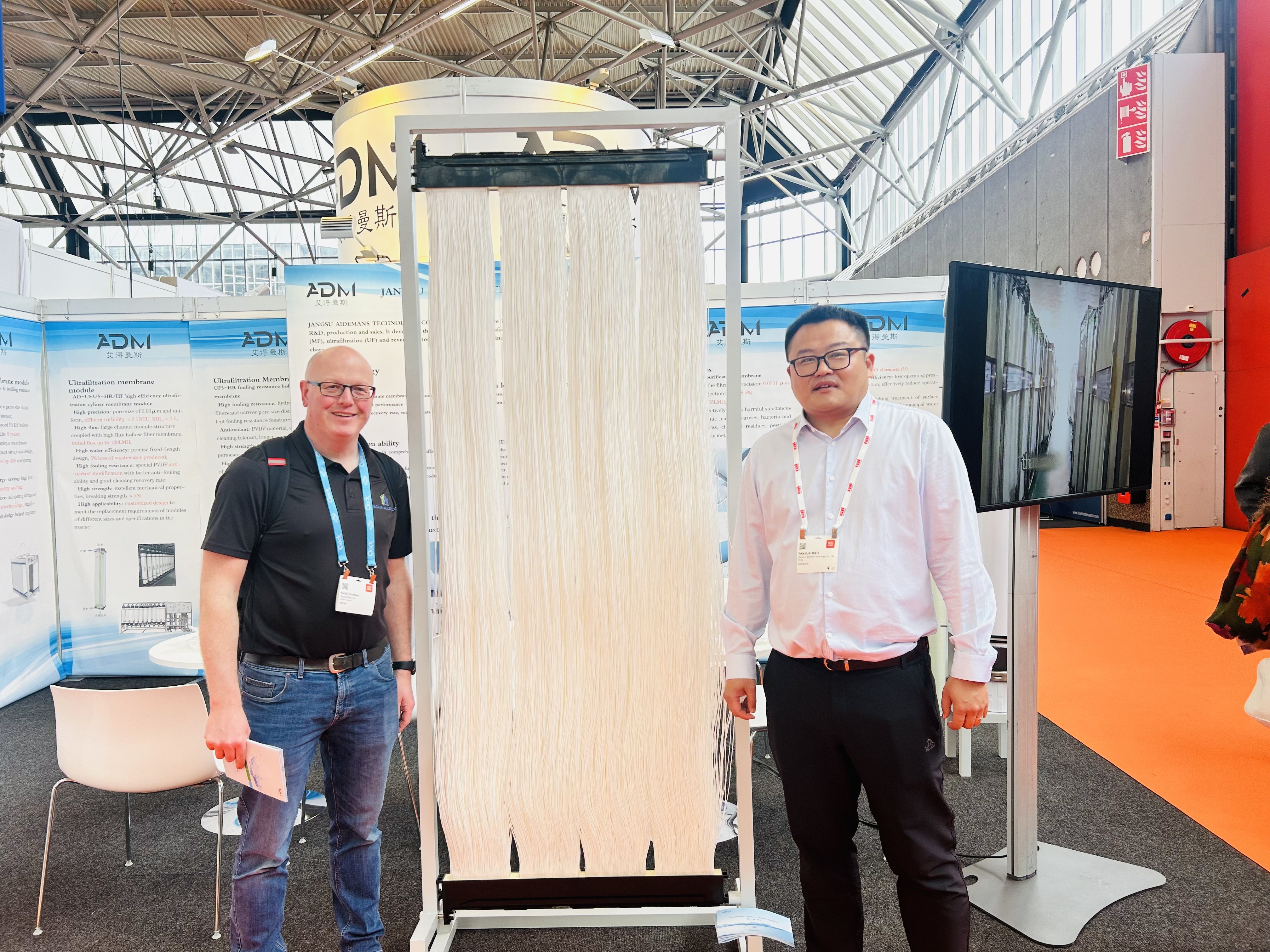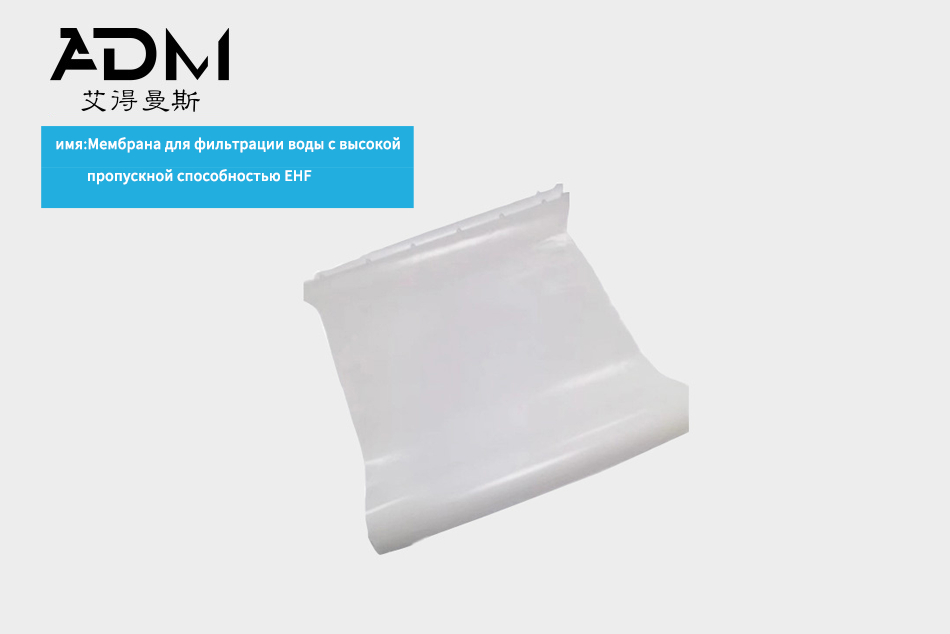Understanding Reverse Osmosis LPI: A Key Component in Industrial Filtration Systems
Release time:
2025-08-07
Reverse Osmosis (RO) systems are an integral part of modern water purification technologies, offering efficient and reliable filtration solutions across various industrial applications. One critical aspect of these systems is the concept of "LPI," which stands for "Liquid Permeation Index.” Understanding Reverse Osmosis LPI is crucial for professionals in the industrial filtration sector, as it pr
Reverse Osmosis (RO) systems are an integral part of modern water purification technologies, offering efficient and reliable filtration solutions across various industrial applications. One critical aspect of these systems is the concept of "LPI," which stands for "Liquid Permeation Index.” Understanding Reverse Osmosis LPI is crucial for professionals in the industrial filtration sector, as it provides insight into the efficiency and performance of RO membranes.
The Liquid Permeation Index is a measure used to evaluate the performance of reverse osmosis membranes in terms of their ability to allow liquids to permeate while rejecting contaminants. A higher LPI indicates a more efficient membrane, which can effectively separate unwanted solids, impurities, and microorganisms from water. This is particularly important in industries such as pharmaceuticals, food and beverage, and semiconductor manufacturing, where water quality is paramount.
Several factors influence the LPI of a reverse osmosis system. The quality of the feed water, operating pressure, temperature, and the nature of the contaminants all play a significant role in determining how well a membrane performs. It is essential to regularly monitor these conditions to maintain optimal LPI levels and ensure the longevity of the filtration system.
Moreover, selecting the right membrane is vital for achieving a high LPI. Different applications may require specific membrane configurations and materials, depending on the nature of the contaminants and the desired purity levels. Understanding the characteristics and capabilities of various membranes can help industrial professionals make informed decisions that will enhance their filtration processes.
Regular maintenance and performance checks are also crucial for sustaining high LPI levels. Regular cleaning, replacing worn-out membranes, and ensuring that all system components are functioning correctly can significantly impact the overall efficiency of the reverse osmosis system. Implementing a proactive maintenance schedule will not only help maintain high LPI but also reduce the risk of costly downtime.
In conclusion, Reverse Osmosis LPI is a vital metric in evaluating the performance of industrial filtration systems. By understanding its implications and regularly monitoring the factors that affect it, professionals can optimize their filtration processes, enhance water quality, and ensure compliance with industry standards. Investing in knowledge about LPI and its impact on reverse osmosis systems can lead to better decision-making and improved operational efficiency in any industrial setting.
The Liquid Permeation Index is a measure used to evaluate the performance of reverse osmosis membranes in terms of their ability to allow liquids to permeate while rejecting contaminants. A higher LPI indicates a more efficient membrane, which can effectively separate unwanted solids, impurities, and microorganisms from water. This is particularly important in industries such as pharmaceuticals, food and beverage, and semiconductor manufacturing, where water quality is paramount.
Several factors influence the LPI of a reverse osmosis system. The quality of the feed water, operating pressure, temperature, and the nature of the contaminants all play a significant role in determining how well a membrane performs. It is essential to regularly monitor these conditions to maintain optimal LPI levels and ensure the longevity of the filtration system.
Moreover, selecting the right membrane is vital for achieving a high LPI. Different applications may require specific membrane configurations and materials, depending on the nature of the contaminants and the desired purity levels. Understanding the characteristics and capabilities of various membranes can help industrial professionals make informed decisions that will enhance their filtration processes.
Regular maintenance and performance checks are also crucial for sustaining high LPI levels. Regular cleaning, replacing worn-out membranes, and ensuring that all system components are functioning correctly can significantly impact the overall efficiency of the reverse osmosis system. Implementing a proactive maintenance schedule will not only help maintain high LPI but also reduce the risk of costly downtime.
In conclusion, Reverse Osmosis LPI is a vital metric in evaluating the performance of industrial filtration systems. By understanding its implications and regularly monitoring the factors that affect it, professionals can optimize their filtration processes, enhance water quality, and ensure compliance with industry standards. Investing in knowledge about LPI and its impact on reverse osmosis systems can lead to better decision-making and improved operational efficiency in any industrial setting.
Previous Page:


